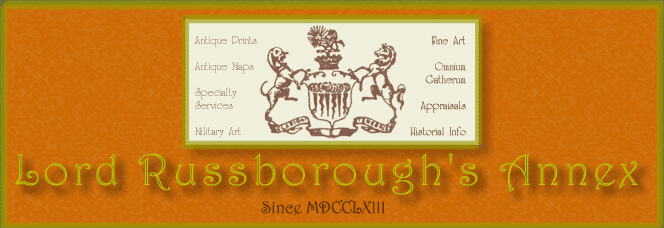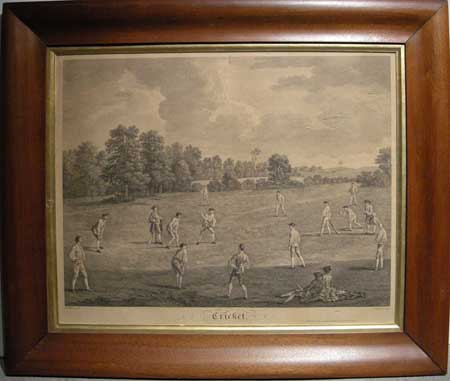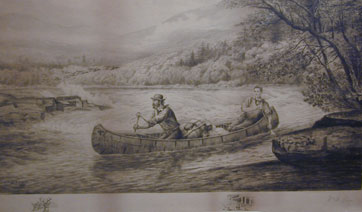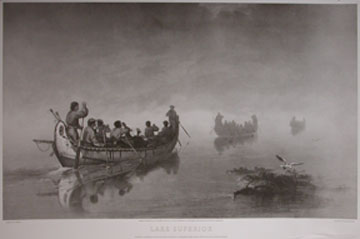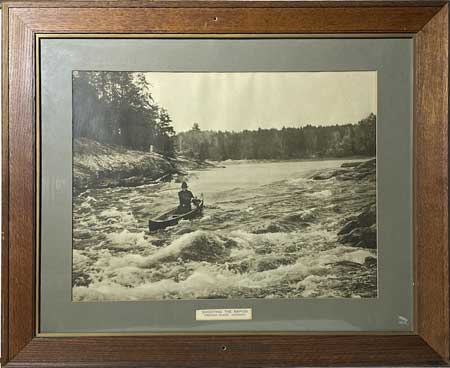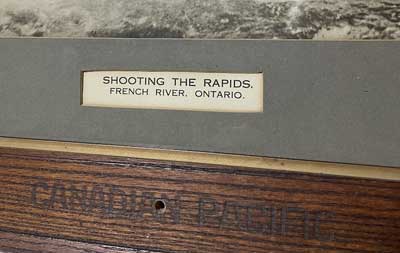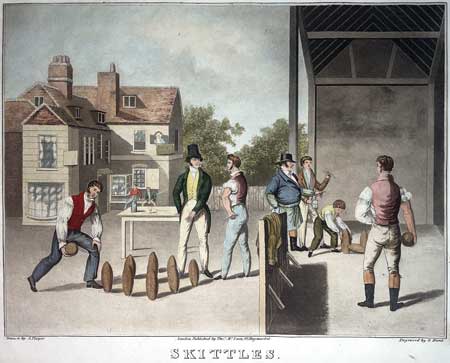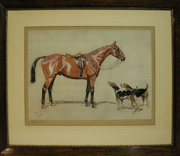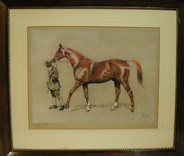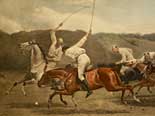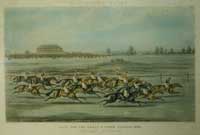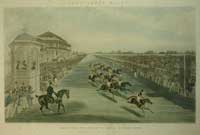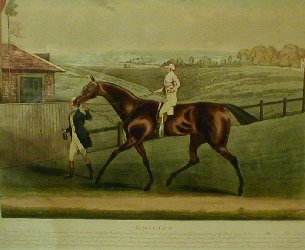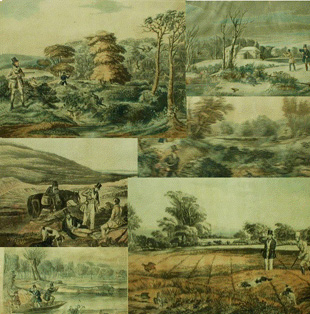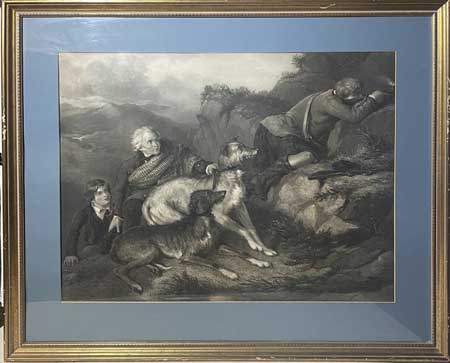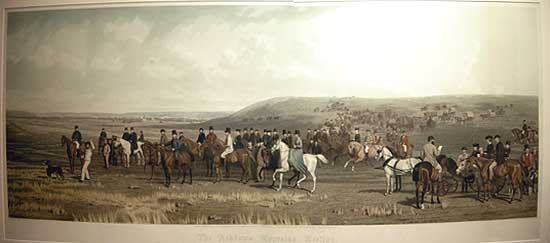
Charles Mottram after Stephen Pearce
The Ashdown Coursing Meeting
Original hand-coloured engraving on paper, matted, glazed, period natural wood oak frame,
Published: London. September 2nd. 1872 by Henry Graves & Company. Inscribed: 'Engraved from the Picture, Presented to the Right Honorable The Earl Craven, to whom this plate is respectfully dedicated',
Image 17 3/8 x 38 3/4" (44.2 x 98.4 cm) including letters Frame 27 x 50"
Ref. OC1(147) /RLN/ da.andg> DALN SOLD PRICE CODE E
This is the most sophisticated depiction of the field sport of Coursing that we have seen. The Ashdown Coursing Club was the second oldest in England, The atmosphere of the meet is exceptionally well captured by Pearce: the wide open terrain of the sweep of the Berkshire downs (nr. Lambourn) in early spring, the attendance of the gentry, greyhound owners, slipper, judges, trainers and horse-back or carriage conveyed spectators. The horses, dogs, and even the terrified hare, are handsomely portrayed. Seen in the group to the right. Are George Grimston Craven, 3rd Earl of Craven (16 March 1841 – 7 December 1883) and his wife the Countess Evelyn. Also seen in the carriage are the dowager Countess Emily and William Viscount Uffington (4th Earl).
Coursing was a field sport popular with many gentlemen during the Regency, as the sport gained popularity, more gentlemen were interested in matching their hounds against others, for a wager, of course. By the last quarter of the eighteenth century, the greyhound was the dog most commonly coursed, though whippets where occasionally included in some coursing meetings. The greyhound is the fastest dog of all the breeds, and it was that speed which became the primary focus of coursing matches.
Coursing was a winter sport. In public coursing, the sport was in watching how well the greyhound pursued its quarry in competition with another dog. In more than two-thirds of all public matches, the hare actually escaped the hounds. Public coursing meetings always took place on a large area of relatively open, unfenced ground, as the judges and the spectators wanted to see the dogs as they worked. The judge of the match was typically mounted on horseback, as would be most spectators, certainly the aristocratic ones. But there might be a few lower-class spectators on foot along the course, out to enjoy the sport of their betters. However, the "slipper," the man who released the dogs to chase the hare, was almost always on foot.
The essentials of any coursing meeting were a series of matches, each of which comprised the pursuit of a hare by a pair, or brace, of greyhounds.
Once the hare was on the course, it was the slipper’s responsibility to be certain that both greyhounds on his leash had the hare in sight before he slipped them. But to ensure a good match between the dogs, he had to give the hare a fair start. It was also the slipper’s responsibility to be sure he did not release his dogs until the match judge, on horseback nearby, was in position to have a clear view of the beginning of the chase. The pursuit of the hare could cover as much as three to five miles, with the judge and the mounted spectators all riding behind the fleeing hare and her canine pursuers.
Stephen Pearce (1819- 1904) was a portrait and equestrian painter. he was brought up in the Royal Mews where his father worked and where he had a chance to paint the Queen's horses. Trained at the RA. schools he was a pupil of Sir Martin Archer Shee, President of the Royal Academy. Pearce was an important painter of great ability, known for his equestrian presentation portraits and groups such as this fine example.

